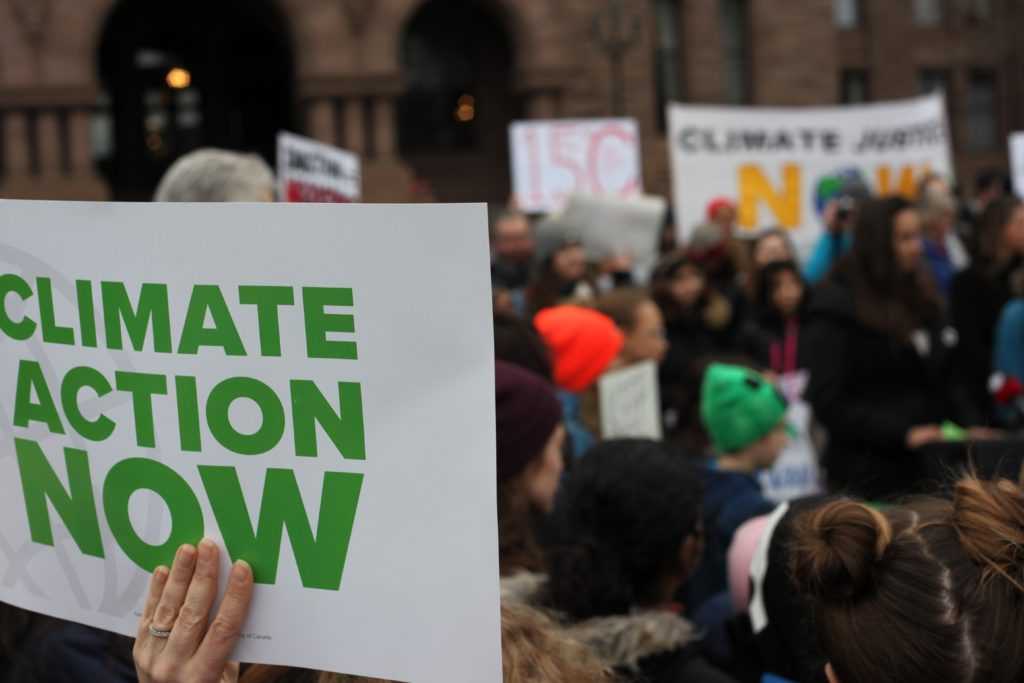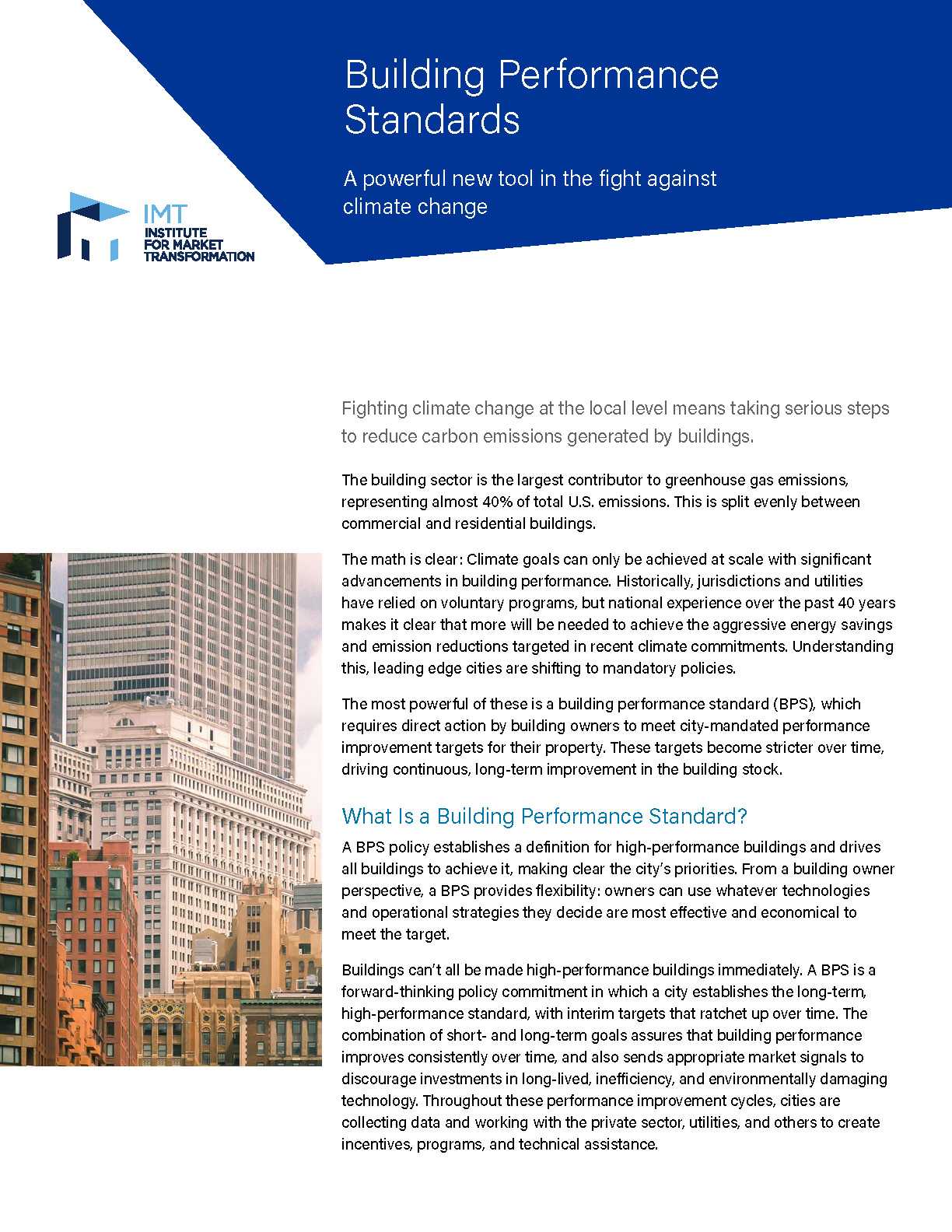
Earlier this week, my colleague Chris Brown gave IMT readers insight into four investor signals from 2019 that building owners and asset managers would be smart to pay attention to. Given that one of IMT’s specialties is bringing together the commercial real estate sector and local-level government to drive market transformation together, I also thought about what happened at the city level in 2019 and how the actions of the public and private sectors—if coordinated and aligned—can be mutually reinforcing for maximum climate impact.
Over the past few years, more and more cities have made ambitious public commitments to 100% clean energy, 80% reductions in greenhouse gas emissions by 2050, carbon neutrality, and other critical climate goals. In 2019, we saw these commitments continue but, more notably, we saw cities starting to take action to meet their commitments.
Cities Understand the Impact of Buildings
Climate change and what it means can get lost in national debates and politics. In cities around the country, though, action can and is being taken directly. What we heard from local leaders in 2019 was this: Our residents are affected by climate change NOW and we must lead the charge to protect them. To do this, cities are rethinking how they regulate energy and carbon emissions attributable to buildings.
We’re seeing cities take ambitious and comprehensive actions, and buildings are the center of many of these actions. Cities are creating solutions to the climate crisis by addressing buildings in three new and distinct ways:
- Setting energy and carbon emissions limits
- Expanding the definition of building energy policies to address electrification, transportation, and building stretch codes
- Involving city departments beyond the Mayor’s Office to envision, build, and implement city sustainability policies
These actions take city commitments and put them into practice, answering the call from their community to take the necessary steps to protect the environment. For example, more cities are taking the bold step of requiring action in buildings to achieve significant carbon reductions, balancing the importance of economic growth with smart and targeted requirements for higher levels of building energy performance. This higher ambition is highlighted by Washington, D.C.’s Building Performance Standard, which sets a standard that requires buildings across the District to make investments to reduce energy waste. In D.C. and beyond, this is an opportunity to expand how we think about city engagement—with their citizens, as well as with other cities, state-level government, and utilities. This is thrilling. It’s time to swing for the fences.
Success is Defined by Collective Action
This past year saw incredible momentum and inspirational actions in defense of the environment. From leaders such as Mari Copeny, Bruno Rodriguez, and Greta Thunberg demanding world governments take action, to groups of students across the country marching together, people—especially young people—are disrupting the narrative to insist actions be taken now to ensure they have a safe, healthy, resilient future. Local leaders are hearing these calls to action and realizing that everyone, at every level of government, has a responsibility to protect the environment.
Building regulation and public policy are not effective as blunt tools to generate energy savings and carbon reductions. City leaders are approaching this call to action with careful consideration to balance improvements in the environment and public health while keeping an eye on rising energy costs and economic development, all while striving to reduce, rather than perpetuate, inequalities. City leaders cannot do this alone, and are building local coalitions of organizations that focus on the environment, equity, racial justice, and more to develop sound policy that generates positive outcomes for everyone.
One of the foundational tenets of IMT’s work, including the City Energy Project, the American Cities Climate Challenge, and our work with the Urban Sustainability Directors Network, is collective action. In 2019, we continued to see cities come together, leveraging their individual efforts to affect larger change. Inspired by the demands for action, city leaders are working together to create change. We look forward to working with municipal leaders and their communities in 2020 to implement their ambitious visions with high-impact actions.

